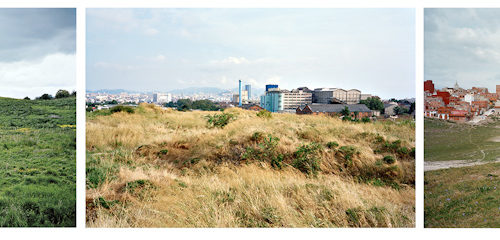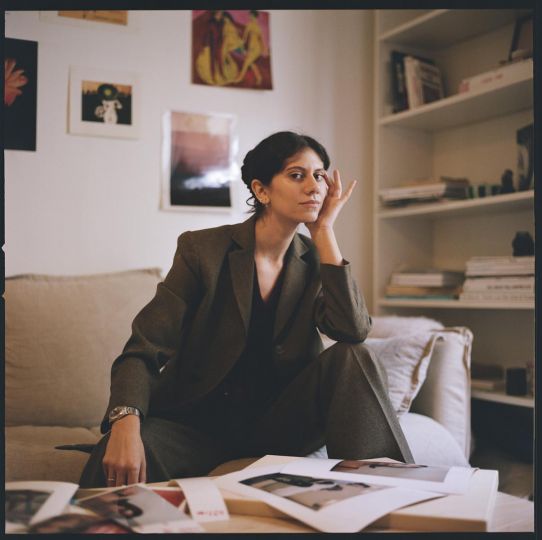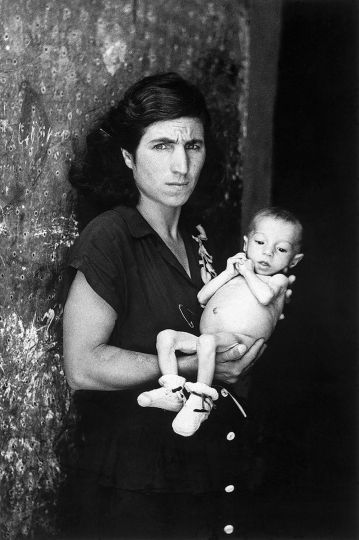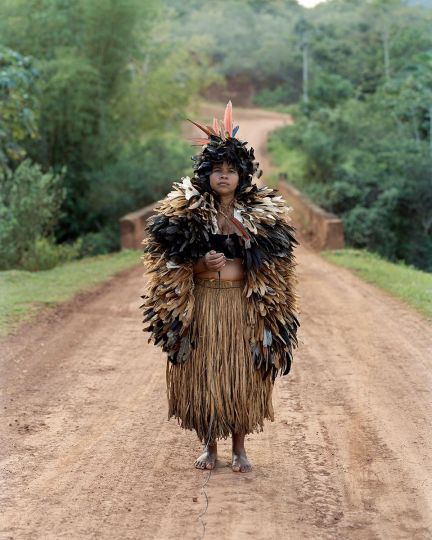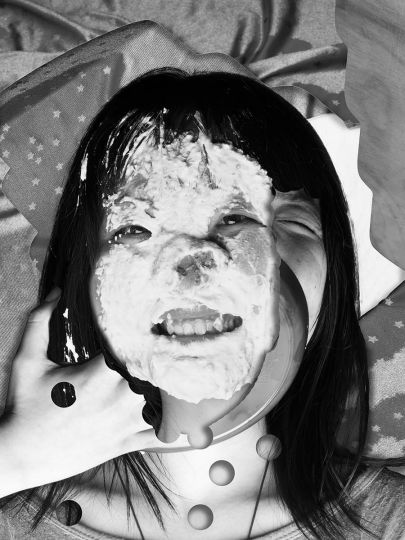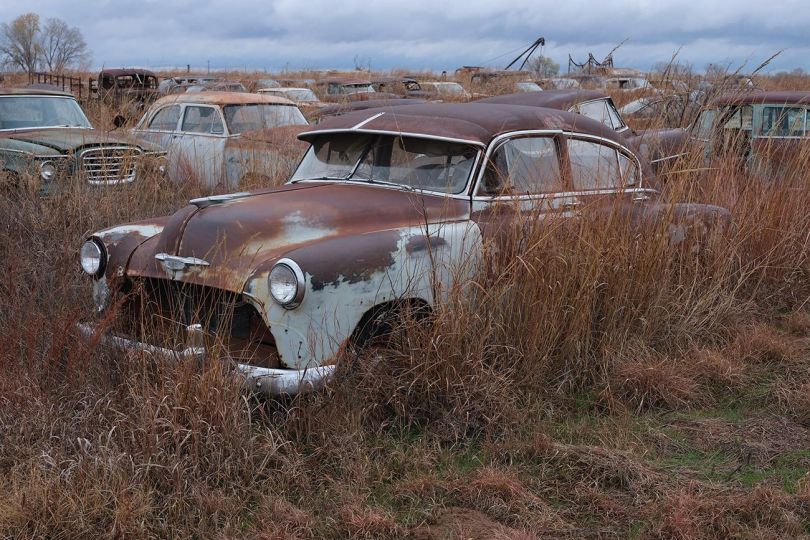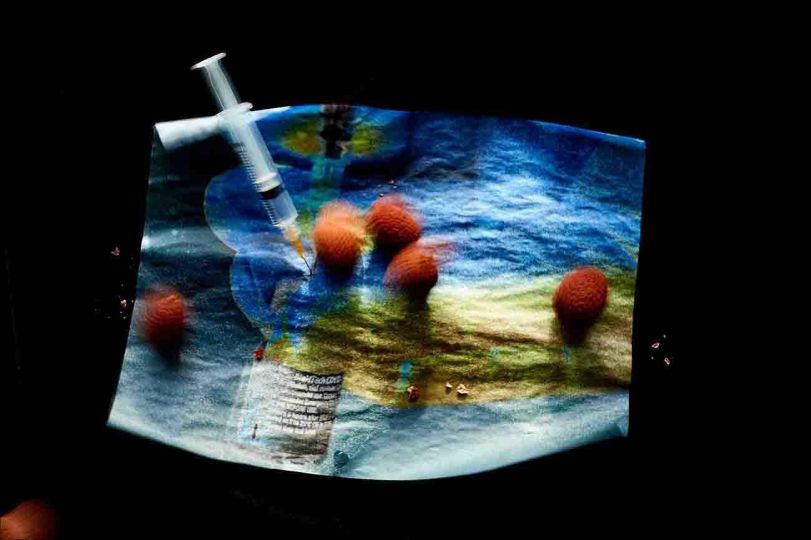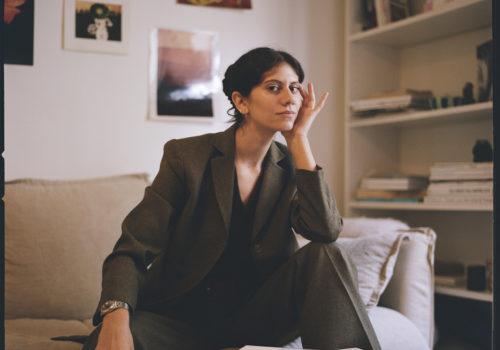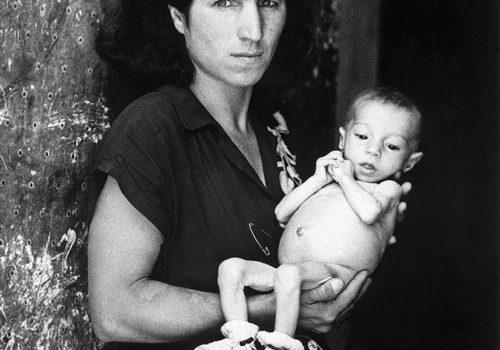Today we’re taking a look at a French publication—something we don’t do often enough here—with Geum Urbanum by Geoffroy Mathieu, the latest release from the celebrated Éditions Filigranes.
The book, slightly larger than an A4 format with a landscape layout, explores Tangier, Marseille and Edinburgh in terms of their relationships to nature. Its name is taken from the Latin term for wood avens, a European plant commonly found in rubble, hedgerows and the edge of woodlands. Following in the footsteps of Italo Calvino, who tracked the “seasons on the city,” Mathieu observes what remain of mother nature in the cities she birthed. In the heart of a 21st-century city, we’ve come to think that traces of greenery or water must have been put there by the city. Mathieu is working in reverse, tracing back.

